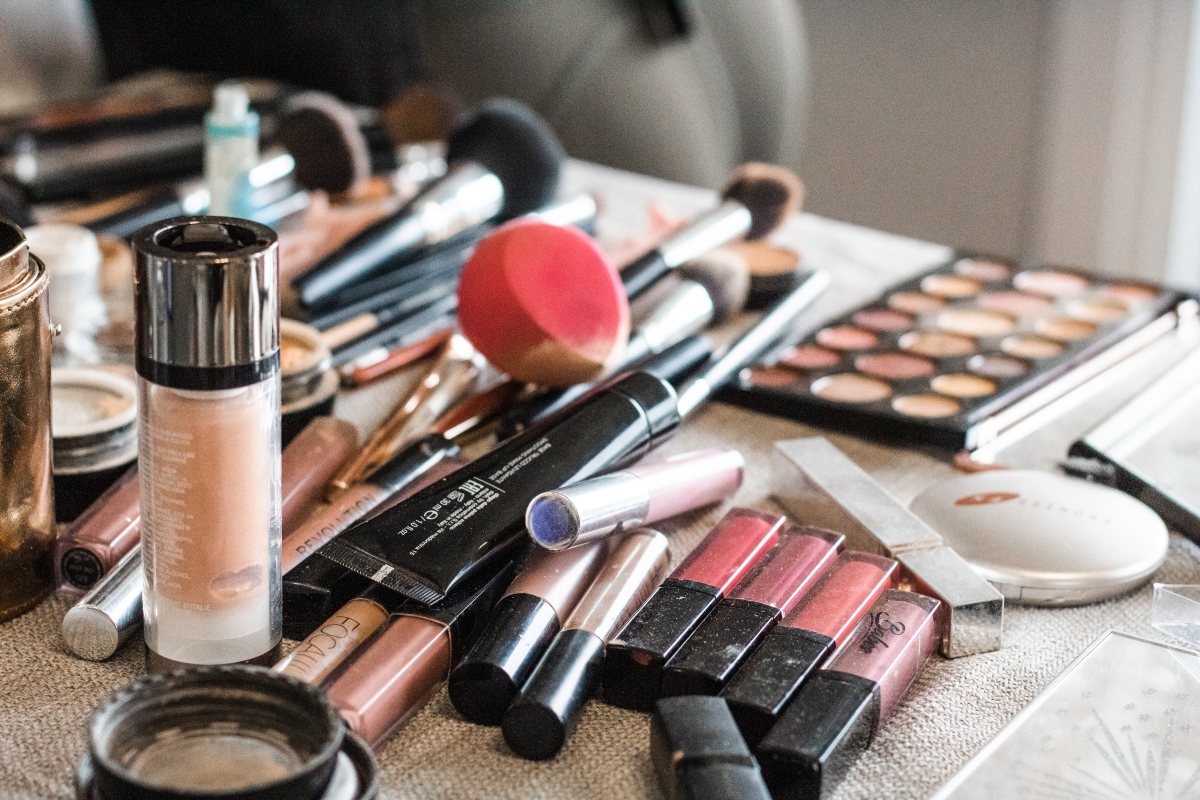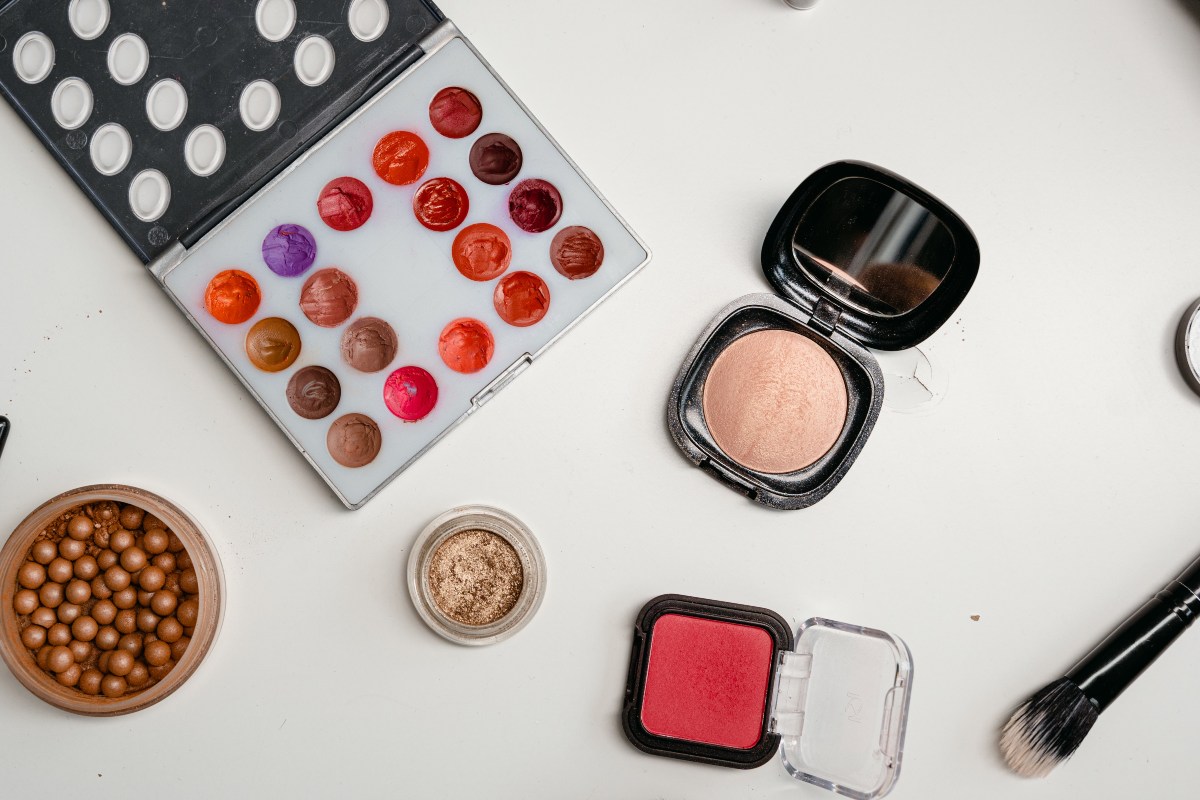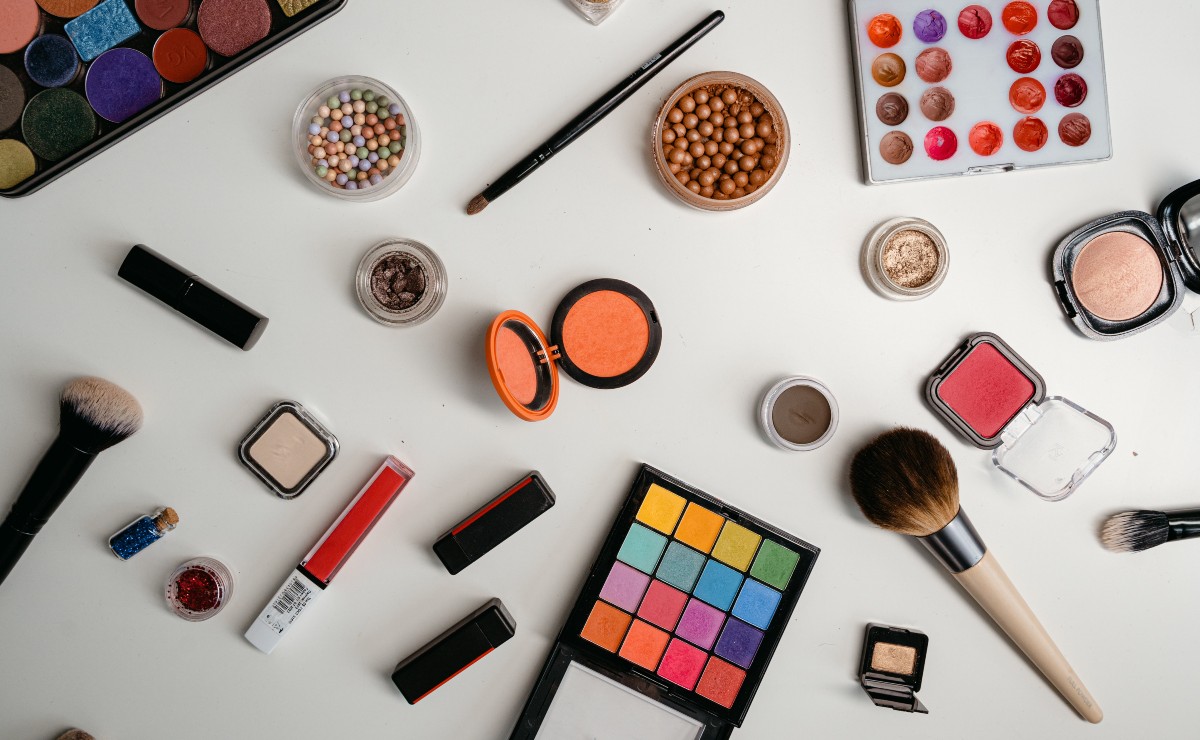At first glance, counterfeit products may look identical to the genuine article, but they contain ingredients that are not recommended. The use of counterfeit cosmetics means there is considerable risk, which directly threatens health due to the different ingredients in their manufacture and the lack of attention to the required health processes.
Understand the ingredients in counterfeit cosmetics and what are the risks of using counterfeit cosmetics.
What ingredients are clone cosmetics made from?

In recent years, the distribution of cloned beauty products has increased around the world, mainly in the cosmetics and skincare sectors. This type of cosmetics usually costs much less and looks the same as the original version, which makes it an attractive option for those who want to purchase this type of cosmetics.
Among the ingredients used to make counterfeit cosmetics are lead, arsenic, aluminum, mercury, urine and animal feces, according to information from organizations including the Los Angeles Police Department, COFEPRIS and CANIPEC, the national personal care and health products industry association. Mentioned.
For these reasons, it is recommended to avoid buying fake cosmetics as these materials are highly toxic to the skin and overall health. According to Derma Review, another factor that increases the danger of cloned beauty products is that they are manufactured in locations that do not meet the necessary hygiene standards, so the space is not sterile, conducive to the proliferation of bacteria and contaminants.
What are the risks of using counterfeit cosmetics?

The official portal of the FBI and Fashion Technology Institute explains that some of the potential risks involved in using counterfeit cosmetics are as follows.
- Skin allergies. These can also cause skin reactions in other parts of the body.
- Acne outbreaks and hives. Allergic reactions are one of the main consequences of counterfeit cosmetics because in addition to chemicals harmful to health, dyes or perfumes are added to mask the original fragrance.
- Eye infection. Cloning makeup, such as mascara, eye shadow, and eyeliner, applied to the area near the eyes may cause allergic conjunctivitis and infection.
- Chemical burns. Because they are unregulated, counterfeit cosmetics contain one or more ingredients that are considered toxic, creating a “bomb” on the skin and causing chemical burns of varying degrees.
- premature aging. Premature facial wrinkles are one of the least considered risks of counterfeit makeup. However, JD School Design says this is a side effect of a lack of regard for allowable levels of certain ingredients, such as lead.
- Changes in skin color. Discoloration or changes in the even skin tone are caused by excessive use of chemicals in an attempt to mimic the original formula.
- cancer. Cancer Wellness details that suspicions that counterfeit cosmetics may cause cancer stem from the discovery of trace amounts of beryllium, cadmium and arsenic.
How to spot cloned beauty products
Although buying counterfeit cosmetics may seem like a good investment due to the low cost, in most cases the risks and consequences are much more expensive when considering the medical costs to reverse the effects.
Various health organizations advise against consuming these products and to be careful with all cosmetics purchased, especially those purchased through unauthorized distribution sites.
Some signs to detect if a cosmetic product is pirated or cloned are as follows.
- price. If the deal seems too good to be true, it probably is. Price ranges must correspond to other points of sale. It is also recommended to keep in mind that luxury brands hardly break the budget.
- container. Although the packaging of counterfeit cosmetics is usually very similar to the genuine product, when it is a clone, some characteristics are revealed. One way is to check on the official website to see if the product has a watermark or invisible special design so you can find them before buying.
- texture. Depending on the product, the texture of counterfeit cosmetics may be too cakey or runny, as the case may be.
- fragrance. Authentic cosmetics are usually unscented or have a brand-specific scent. These scents are characterized by subtlety, as opposed to pirate cosmetics, which have a strong and unpleasant smell.
- Play a role. If you have purchased this product before, please check if this version works properly. Monitor the consistency, ease and duration of its distribution.
- dealer. Choosing to purchase cosmetics and skin care products from reliable authorized centers ensures that they are authentic. For online purchases, check the store reviews and the warranty section they offer to their customers.
read more:
What is the shelf life of cosmetics and skin care products?
What are parabens and why not use them in beauty products
Why makeup is not shared with anyone

